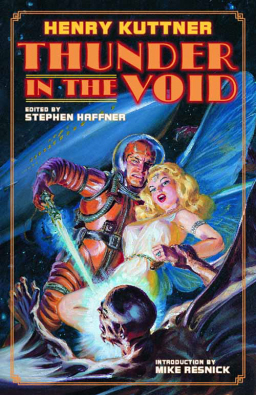Vintage Treasures: Poul Anderson’s After Doomsday
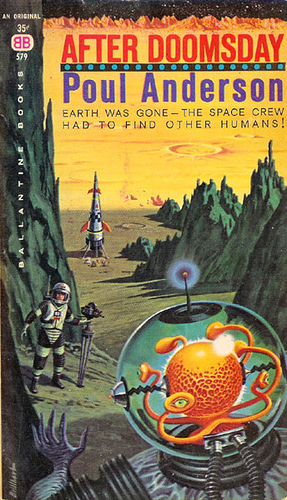 I’m putting away all the paperbacks that arrived with my two Philip K. Dick lots, and I stumbled across the fabulous artifact at right.
I’m putting away all the paperbacks that arrived with my two Philip K. Dick lots, and I stumbled across the fabulous artifact at right.
After Doomsday was published by Ballantine Books in 1962, two years before I was born. It was originally serialized in Galaxy magazine (as The Day after Doomsday) between December 1961 and February 1962.
What truly makes it fabulous isn’t just the great cover art by Ralph Brillhart, with a bug-eyed alien stumbling on some guy surveying a road during his evening constitutional. No no no. It’s this wonderful description on the back cover:
CARL DONNAN was a space engineer — a man of action who did his job well and didn’t think much beyond that — but now his home planet was destroyed and he found himself with two burning ambitions:
– FIND the beings who blew up the Earth.
– SEARCH the galaxies until they located another Starship with female humans aboard.
BOTH PROJECTS were vital to the survival of the human race — and both were monumental tasks.
THIS was the time when the galaxies discovered how grim and purposeful a handful of homo sapiens could be.
A starship with “female humans” aboard. I think the first task for this guy Carl should be to look up “female humans,” find out they’re called “women,” and then put an ad on Craig’s List. The survival of the species is on your shoulders, dude. Time to put down that survey equipment and pick up a clean shirt. And maybe some mouthwash.
There’s a lengthy plot synopsis of After Doomsday here. Don’t expect it to be as entertaining as that back cover copy, though.
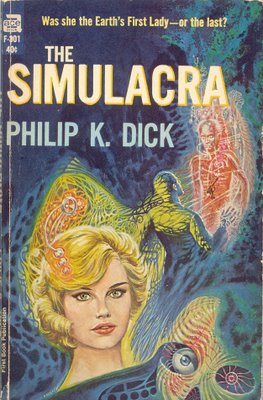
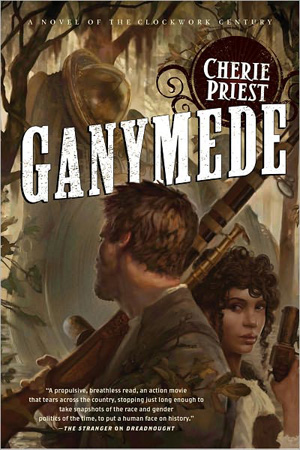 Ganymede
Ganymede 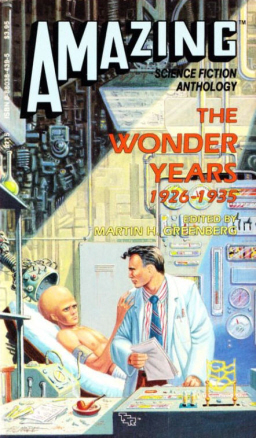
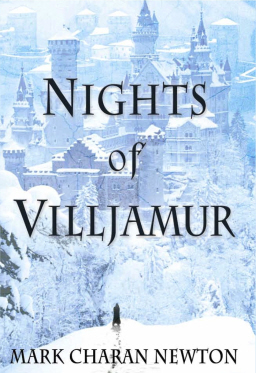
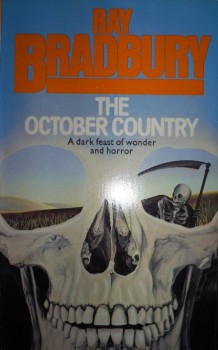 I came to Ray Bradbury at what is likely a later age than most. I never had to read Fahrenheit 451 in school; if I read one of his short stories as a student I have no recollection. Several years ago, in a desire to start filling in some gaps I had in classic genre fiction, I gave Fahrenheit 451 a try. It was a powerful read and made a profound impact on me. It prompted me to seek out more Bradbury—and I’ve been hooked ever since.
I came to Ray Bradbury at what is likely a later age than most. I never had to read Fahrenheit 451 in school; if I read one of his short stories as a student I have no recollection. Several years ago, in a desire to start filling in some gaps I had in classic genre fiction, I gave Fahrenheit 451 a try. It was a powerful read and made a profound impact on me. It prompted me to seek out more Bradbury—and I’ve been hooked ever since.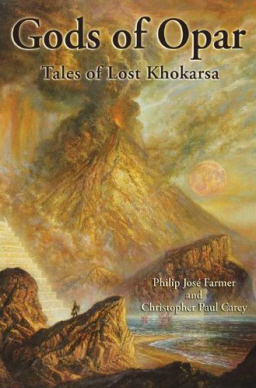
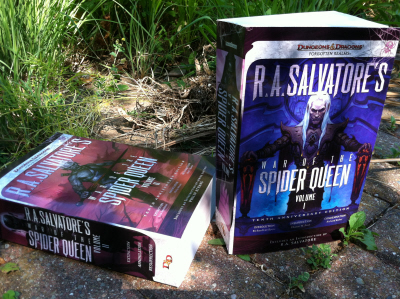
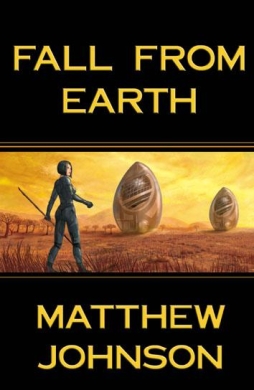 Fall From Earth
Fall From Earth